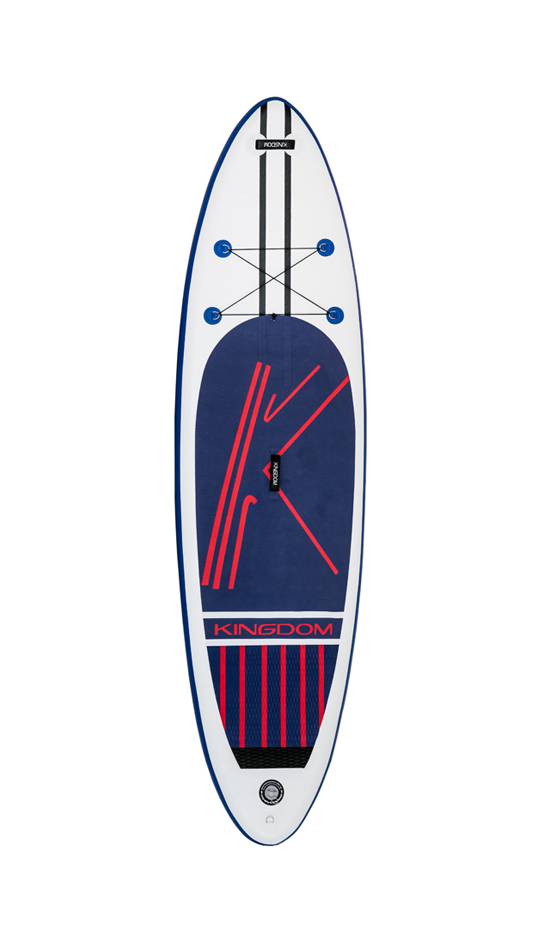What is a kyay boat?
Publish Time:
2025-06-13 09:59
Source:
What is a kyay boat?
A kyay boat is a non-powered rectangular flat-bottomed boat, usually moored to the shore. Initially used only as a floating dock for loading and unloading cargo or passengers, it later served commercial, recreational, and educational purposes. A pontoon (pinyin dǐnchuán) is a rectangular flat-bottomed, non-self-propelled boat without a power plant. It is usually moored to the shore and serves as a "floating dock" for ships to berth, passengers to embark and disembark, and cargo to be loaded and unloaded. Early kyay boats were typically 40 to 50 meters long, or even hundreds of meters, including lower-level compartments, with a total of three to four decks, known as a waterborne "giant". The boats were fully equipped, combining storage, trade, and living spaces. These kyay boats and islands are all at sea; they are a combination of land and water.

Barges are mainly used as wharf platforms, for cargo transfer, or as cross-sea passages. As they usually have no power plant, movement relies on tugboats or other external forces. Barges will be equipped with a crane arm for hoisting and transferring cargo from ships unable to dock. Before the Opium War, foreign illegal traders used barges to transport harmful goods. Illegal British and American merchants would transport harmful goods to barges for storage. Each barge could carry approximately 1000 boxes of dangerous goods. Chinese merchants would collect goods from the barge according to the bill of lading and then charter crab boats to transport them back to the Guangzhou Da Jiao Tou port for resale. As harmful goods became more prevalent, foreign traffickers changed their practices, directly transporting harmful goods from the barge to buyers onshore. After the Xinhai Revolution of 1911, with the continued shrinkage of China's opium goods, kyay boats, due to their simple structure, large size, and low cost, were particularly suitable for smooth passage in the lower reaches of the Pearl River. They integrated into the water city circle of the Pearl River Basin, serving as floating docks, kyay boats, liquor stores, restaurants, amusement parks, cargo bars, waterside hotels, clubs, offices, etc.
In earlier years, there were hundreds of merchant ships in Jiangmen, Foshan, Zhaoqing, Jiujiang, Wuzhou, Liuzhou, Nanning, and other places. In earlier years During this period, Wuzhou, Xijiang Town, had a population of over 200,000. River blockage led to urban development on both sides of the mountains. Subsequently, various pontoons and kyay boats were utilized, leading to the development of the wide river and creating the famous prosperous "water city" scene. Trade and urban residents shifted along the river embankment and the central waterway to the Yangtze River, known as "Little Hong Kong." In the early days of liberation, on the Pearl River in Guangzhou, the government converted three to four "water schools" (and some on land) from old kyay boats. These schools were converted from old kyay boats, each floor having wooden stairs and two to three classrooms. The top floor had a railing floor, a library, and a "deck playground" for children to play. The classroom roofs were made of tin, and the walls were thin. These water schools were moored in areas where boat people lived, allowing children to attend school nearby.
Other News
The Ultimate Guide to Lightweight Inflatable Kayak Boats: Freedom on Water
Lightweight inflatable kayak boats have gained immense popularity among water sports enthusiasts and casual adventurers alike. Their innovative design combines the comfort of traditional kayaks with the convenience of portability, making them ideal for a variety of water activities, from serene lake paddling to challenging river excursions. This guide will delve into the numerous advantages that t
Get Ready for Waves: Inflatable Surfboards for Teen Enthusiasts
Get Ready for Waves: Inflatable Surfboards for Teen Enthusiasts Table of Contents Understanding Inflatable Surfboards Why Choose Inflatable Surfboards for Teens? Key Features to Look for in Inflatable Surfboards Top Inflatable Surfboards for Teen Enthusiasts Safety Tips for Surfing with Inflatable Boards Caring for Your Inflatable Surfboard Surfing Techniques for Begin
Choosing a Durable PVC Kayak for Beginners: Essential Insights
When starting your journey into kayaking, selecting the right watercraft can significantly enhance your experience. A durable PVC kayak stands out as an excellent choice for beginners, offering both resilience and ease of use. PVC, or polyvinyl chloride, is a popular material in the production of inflatable kayaks due to its strength and flexibility. Here are several reasons why a durable PVC kaya
Inflatable Surfboards for Adults: The Ultimate Guide to Enjoying Water Sports
Inflatable Surfboards for Adults: The Ultimate Guide to Enjoying Water Sports Table of Contents 1. Introduction to Inflatable Surfboards 2. Benefits of Using Inflatable Surfboards 3. How to Choose the Right Inflatable Surfboard 4. Key Features of Inflatable Surfboards 5. How to Properly Inflate and Deflate Your Surfboard 6. Essential Safety Tips for Surfing 7. Maintena
The Advantages of Soft Top Inflatable Surfboards: A Guide for Water Sports Enthusiasts
Soft top inflatable surfboards have rapidly gained popularity among water sports enthusiasts, offering a unique combination of convenience, safety, and performance. Whether you're a beginner looking to catch your first wave or an experienced surfer seeking a portable solution, understanding the advantages of soft top inflatable surfboards can help you make informed decisions. ### Portability and C
The Ultimate Guide to Choosing the Best Lightweight Inflatable Kayak Boat
The Ultimate Guide to Choosing the Best Lightweight Inflatable Kayak Boat Table of Contents 1. Understanding Lightweight Inflatable Kayaks 2. Why Choose a Lightweight Inflatable Kayak? 3. Key Features to Consider When Buying 3.1 Material Quality 3.2 Weight Capacity 3.3 Stability and Performance 3.4 Comfort Features 3.5 Portability and Storage 4. Top Lightweight Inflatable Kayaks on the Market 4.1


